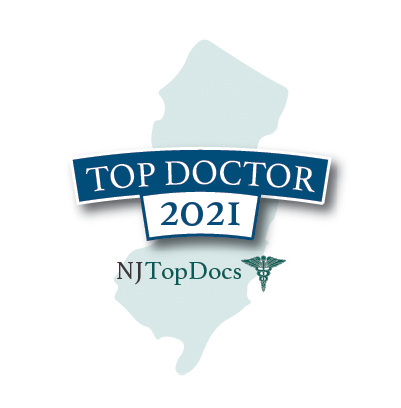Lumbar spinal stenosis actually covers a wide range of conditions; it refers simply to the narrowing of the spinal cord. Whatever the case, lumbar spinal stenosis can be effectively treated with a variety of methods, allowing patients to regain their quality of life and return to normal activities.
Causes and Symptoms
The lumbar spine extends through the lower back. The spinal cord ends at the first or second lumbar vertebrae, becoming the cauda equina. Lumbar spinal stenosis when the spinal canal, through which the cauda equina and spinal cord extend, becomes narrowed. This can occur as a result of a variety of conditions; the common cause behind most cases of spinal stenosis is that excess tissue begins to press on the nerves or nerve roots. Spinal stenosis can be caused by:
- Herniated or bulging discs
- Osteoarthritis or rheumatoid arthritis
- Bone spurs
- Injury
- Tumors, which are rare but require specialized and prompt treatment
Some people have conditions such as herniated discs and bone spurs without ever experiencing symptoms; whether or not a person develops symptoms depends on the location and severity of the condition. On the other hand, spinal stenosis can also cause severe, even debilitating pain and other symptoms
Lumbar spinal stenosis symptoms will manifest in the lower back, buttocks, and legs. Patients may experience pain in any or all of those structures; a common symptom of lumbar spinal stenosis is sciatica. In addition, patients may experience muscle weakness, numbness, or tingling in the legs. This may cause clumsiness or difficulty walking. Finally, patients may feel discomfort in the pelvic area.
Treatment and Prevention
The biggest risk factor for spinal stenosis is simple age; wear and tear can slowly cause damage to the structures of the spine. However, there are several other factors associated with an increased risk of spinal stenosis:
- Obesity
- Not staying active
- Smoking
- Improper lifting
In addition, while bad posture cannot cause stenosis, it can make symptoms worse. Changing one or more of these lifestyle choices can help reduce your risk of lumbar spinal stenosis.
For patients who have already developed spinal stenosis, there are many effective treatment options. The first line of defense is non-surgical treatment. This includes medication, steroid injections, physical therapy, and chiropractic treatment. These approaches can help reduce the amount of inflammation or the amount of weight borne by the spine. Most people find that their symptoms are alleviating using these methods.
If these approaches fail, surgical treatment may be considered. Patients experiencing severe pain or neurological symptoms are usually considered better candidates for spine surgery. If spinal stenosis is treated with surgery, the excess tissue will be removed, relieving pressure on the nerves and thus alleviating symptoms. Common procedures include:
- Discectomy, the removal of part of an intervertebral disc
- Laminectomy, the removal of a small portion of the vertebral bone
- Spinal fusion, the joining together or two or more vertebrae in order to stabilize the spine
Choosing a minimally invasive form of surgery such as laser spine surgery can help reduce the need for major procedures such as spinal fusion. In addition, laser spine surgery had shorter downtime and lower risk of certain complications. However, both laser surgery and traditional surgery are effective at treating lumbar spinal stenosis.
To learn more about minimally invasive treatment for your spinal stenosis, please call the Datta Endoscopic Back Surgery and Pain Center at 212-420-0312.






 EDISCSCULPT
EDISCSCULPT



